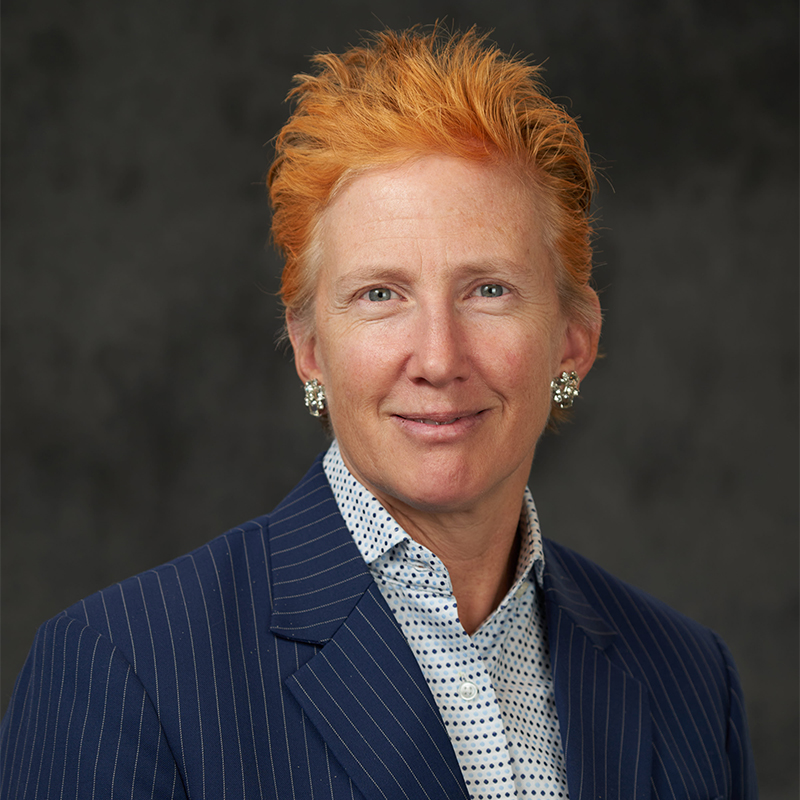Insights: Global Energy Independence Day 2023

July 10 is Global Energy Independence Day (and also Nicola Tesla’s birthday) and was first marked in 2006 by former LA County Supervisor Michael Antonovich, who was a promoter of green energy in the State of California. But the term “Energy Independence” as a mantra dates back to the oil crisis of the 1970s.
Global energy independence can mean very different things depending on what your goals are, and what scale you are talking about, be it a single home, a building, or an entire country. Years ago, energy independence meant energy that was cheap, exporting more energy than we imported, or using American oil rather than Middle East oil. Energy independence was geopolitical independence. Now the term has evolved to mean not being dependent on fossil fuels at all. So energy independence isn’t just about geographical/political dependence, but dependence on a feedstock that is ultimately ruining the Earth’s atmosphere and climate. Independence is generally considered to be a good thing (after all, the USA began with a declaration of such), and at first glance it can seem like a straightforward thing to accomplish.
However, when you want to be independent in a particular way, things get complicated, as C&S is already seeing with some of our clients. There are many items to consider before moving ahead, including cost, logistics, payback period and availability.
My Personal Case Study
I’ll give you a simple example – my house. My goal is to be energy independent; this will take some time. Electricity and natural gas are expensive. It would be nice to keep my fridge running through those multi-day power outages. But there’s more – I want to save the Earth, so I don’t want a generator that burns diesel or gas. They are sources of greenhouse gas emissions. I also use natural gas for heat, hot water, and cooking. Because my job title at C&S is “Senior Principal for Sustainability” and I want to save the Earth, I should be backing away from those technologies at a dead run.
The swap-in technology is a new electric stove and air source heat pump (ASHP)/hot water heater. Since I don’t have air conditioning (yet) and ASHPs cool as well as heat, this will save me the trouble of installing an air conditioner.
New York and Massachusetts (where I live) are all promoting solar/storage and ASHPs as part of state-wide decarbonization initiatives. If I put solar on my roof and a battery in my garage, I can run my entire house (in the summer at least) off-grid indefinitely. This is important because Massachusetts electricity still has a large carbon footprint (539.37lb/MWh to be precise), especially compared to New York’s (233.08 lb/MWh).
The whole package would cost around $40,000 but with state and federal tax credits and incentives I could maybe get this below $30,000. My natural gas bill would go away, but my electricity bill in the winter will go up – a lot. While I’m at it, I’ll have to put as much fresh insulation in the walls and roof as I can possibly stuff in, because now more than ever, efficiency is the name of the game. That’s another $20,000-$30,000. I would be 100% dependent on electricity, but I could be 100% off-grid, and become 100% green while I wait for the grid to become 100% renewable.
This is a microcosm for our C&S clients fighting climate change decarbonization at any scale, be it a 50,000-square-foot housing development, a million square foot university, an airport, a city, or a whole state. The playbook is the same. It won’t be cheap, although the technology is getting cheaper, and incentives abound if you take the time to stack them up (which we help our clients do).
For those without the financial wherewithal, the costs will be difficult, if not impossible to bear without assistance. Additionally, the life-cycle payback that everyone expected from energy efficiency projects may not be there at first. But under the current definition of Global Energy Independence, which might be a little different from what Michael Antonovich was thinking back in 2006 (after writing this article I’d love to ask him), this is the way forward.
